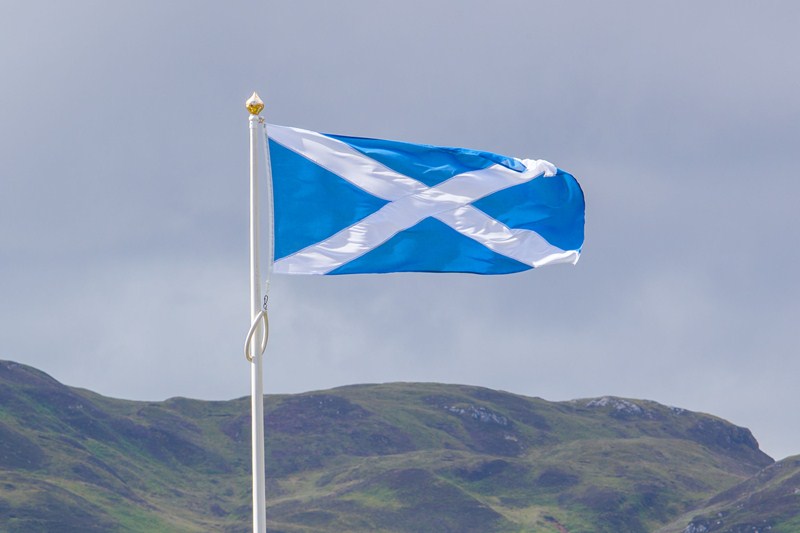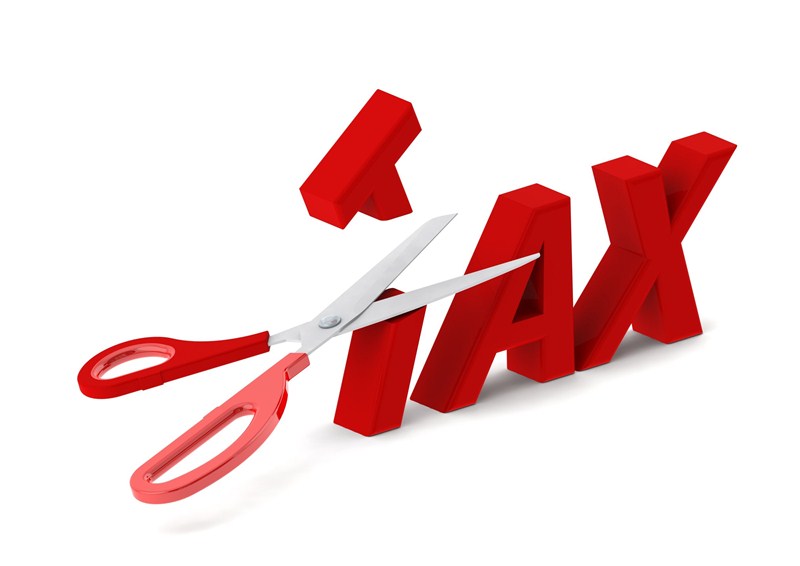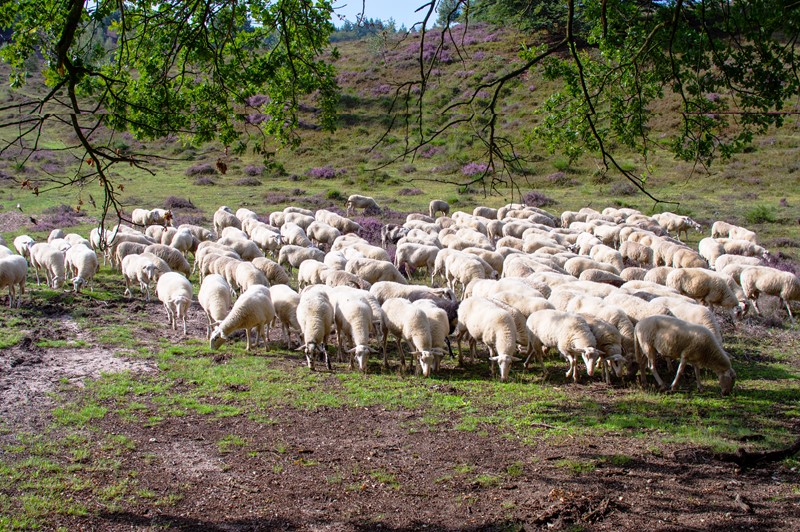Business Asset Disposal Relief (BADR) applies to the sale of a business, shares in a trading company or an individual’s interest in a trading partnership. When the relief if available, Capital Gains Tax (CGT) of 10% is payable in place of the standard rate. This can mean a substantial CGT saving for someone looking to exit from their business.
There are a number of qualifying conditions that must be met in order to qualify for the relief. BADR used to be known as Entrepreneurs’ Relief before 6 April 2020. The name change did not affect the operation of the relief.
You can currently claim a total of £1 million in BADR over your lifetime. The £1m lifetime limit means you can qualify for the relief more than once. The lifetime limit may be higher if you sold assets before 11 March 2020.
Claims for BADR are made either through your self-assessment tax return or by filling in Section A of the Business Asset Disposal Relief helpsheet.
The deadline for claiming relief is as follows:
| Tax year when you sold or closed your business | Deadline to claim BADR |
| 2022-23 | 31 January 2025 |
| 2023-24 | 31 January 2026 |
| 2024-25 | 31 January 2027 |
Although there have been no specific announcements affecting this relief there are likely to be significant tax changes when the new Chancellor, Rachel Reeves delivers her first Budget later this year. If you are thinking about selling your business we can help you consider your options.












